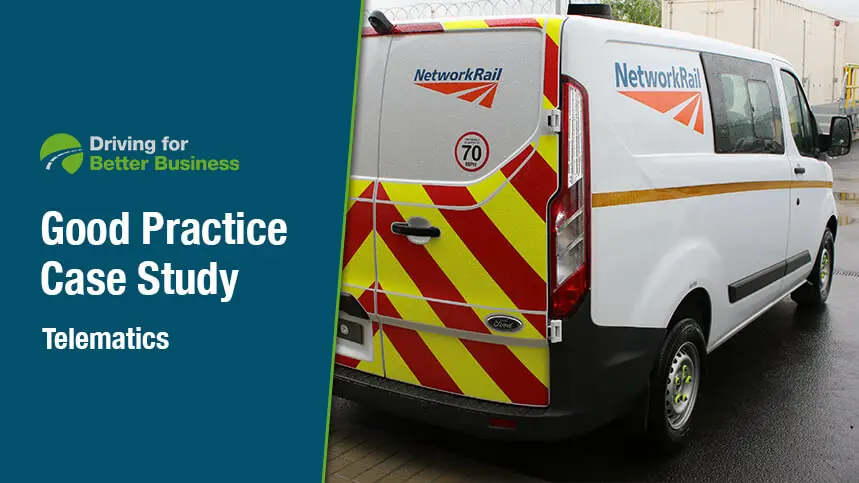
Network Rail – Telematics
Network Rail has a very positive history with telematics, as its previous system saved it 10% of its multi-million-pound fuel bill. It also substantially reduced its NIPs (Notice of Intended Prosecutions) for speeding. Two years ago the company decided to upgrade to a new system, but the subsequent implementation was then slowed, like many things, through the COVID years. As a result, Simon, who started the role 12 months ago, had little real-world or up-to-date data on fleet performance or driver behaviour in the months prior to the new roll-out. The telematics system is now installed in 80% of the fleet and is collecting baseline data. It is already changing Network Rail’s perception of its fleet liability. “Our NIPsS have been steadily decreasing,” says Simon. “However, the telematics is showing that we still have a higher number of 10 and 20mph speeding incidents than we anticipated.” By far the biggest speeding culprits in Network Rail’s diverse fleet are vans, most frequently on 50 and 60mph roads. The team suggests this might show a lack of awareness of the speed limits for commercial vehicles carrying goods on single-lane roads and dual carriageways. “We want to start with an awareness campaign and general education before we start to address individual driver coaching,” says Simon. The system will go live soon, and there are protocols for different levels of driver infringement. A speeding incident 10 miles over the limit for a minute or more will necessitate driver assessments. Twenty miles over the limit triggers a full investigation. While the speeding is unwelcome, the data isn’t. “The telematics system will be brilliant because it is showing us our fleet performance clearly. If you don’t know about your problems you can’t fix them,” he says. “Identifying areas of risk is an essential first stage in producing better safety results.”
Provider: Driving for Better Business
Resource Type: Web link
